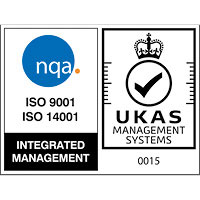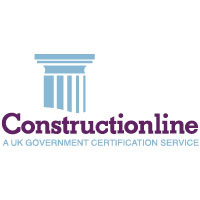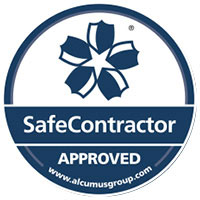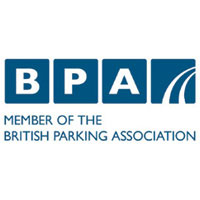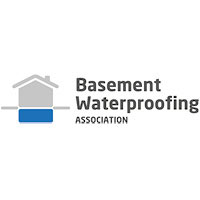Concrete Repair
The first stage when undertaking any Concrete Repair is the assessment of damage, deterioration and diagnosis of the cause. A proper assessment will include analysis of the current condition of the structure, including both visible and latent deterioration.
An understanding and consideration of the client’s objectives, with regard to financial constraints and the future requirements of the structure, is as important, at this stage as the extent of the structure’s problems as the results can affect the client’s considerations regarding the most cost-effective repair solution.
1. Physical damage
such as freeze-thaw action, cracking due to thermal movement, or shrinkage cracking.
2. Mechanical damage
for example impact or abrasion.
3. Chemical damage
Carbonation: Carbon dioxide gas breaks down the highly alkaline passivating layer around the steel reinforcement which allows it to corrode and expand, thus resulting in spalling of the concrete.
4. Chloride
Chloride ions (salts) either ingressive, or from within the concrete mix, destroy the protective barrier around the steel. This action forms an anode on the reinforcement bar and subsequently leads to electrochemical pit corrosion which can seriously affect the integrity of the structure.
The methods available for repairing concrete may be divided into the following groups:
- Hand applied mortars
- Sprayed concrete and mortar
- Re-casting with concrete
- Flowable grouts and concrete
- Electrochemical processes
- Corrosion inhibitors
- Filling and injection of cracks
- Sacrificial anodes
The final choice of repair method and materials will depend on a number of factors such as the newly implemented European Standards for the Protection and Repair of Concrete Structures 1504 Series. Among the decisions made will be the practical problems of how the work can be carried out and any environmental considerations, such as noise and dust caused when breaking out defective concrete during preparation and cleaning.
Concrete Repair is not a standard process as the quantity of work required and the nature of that work may vary greatly. Each individual contract must be given continuing consideration, taking into account special factors, such as access, protection and co-ordination with other trades. The specification should be detailed and cover all aspects of the work including progressive investigation and testing, surface cleaning, preparatory work, and the precise nature and sequence of the repair operation.
It should specify the repair methods and materials, and any additional aspects such as weather precautions, material thicknesses and consumption, and curing procedures.






